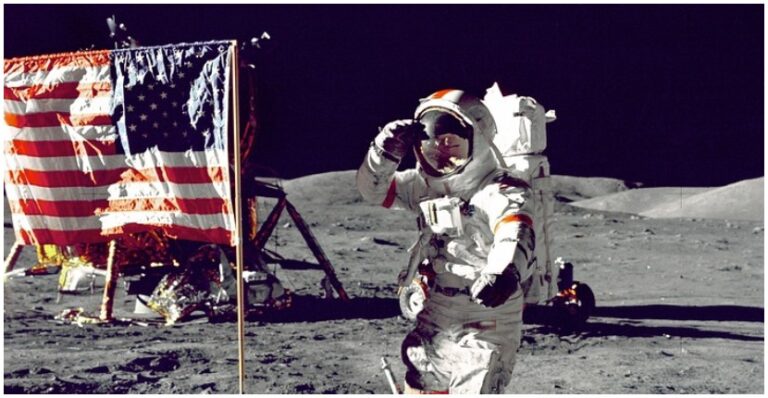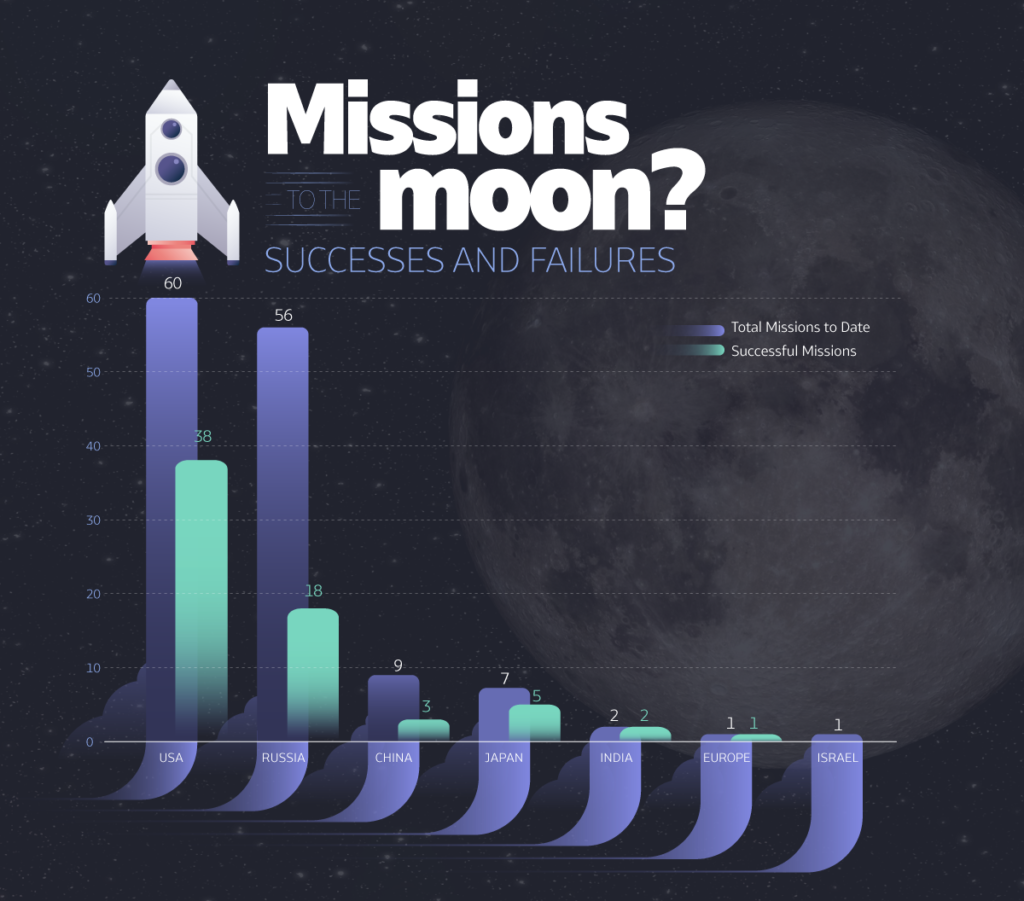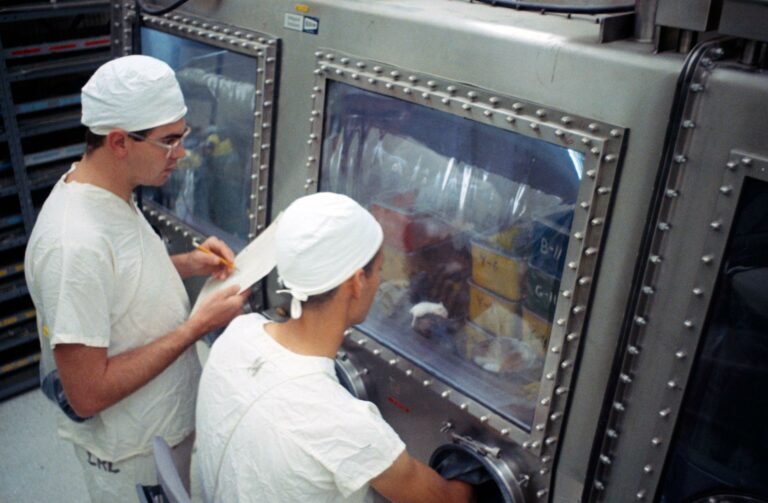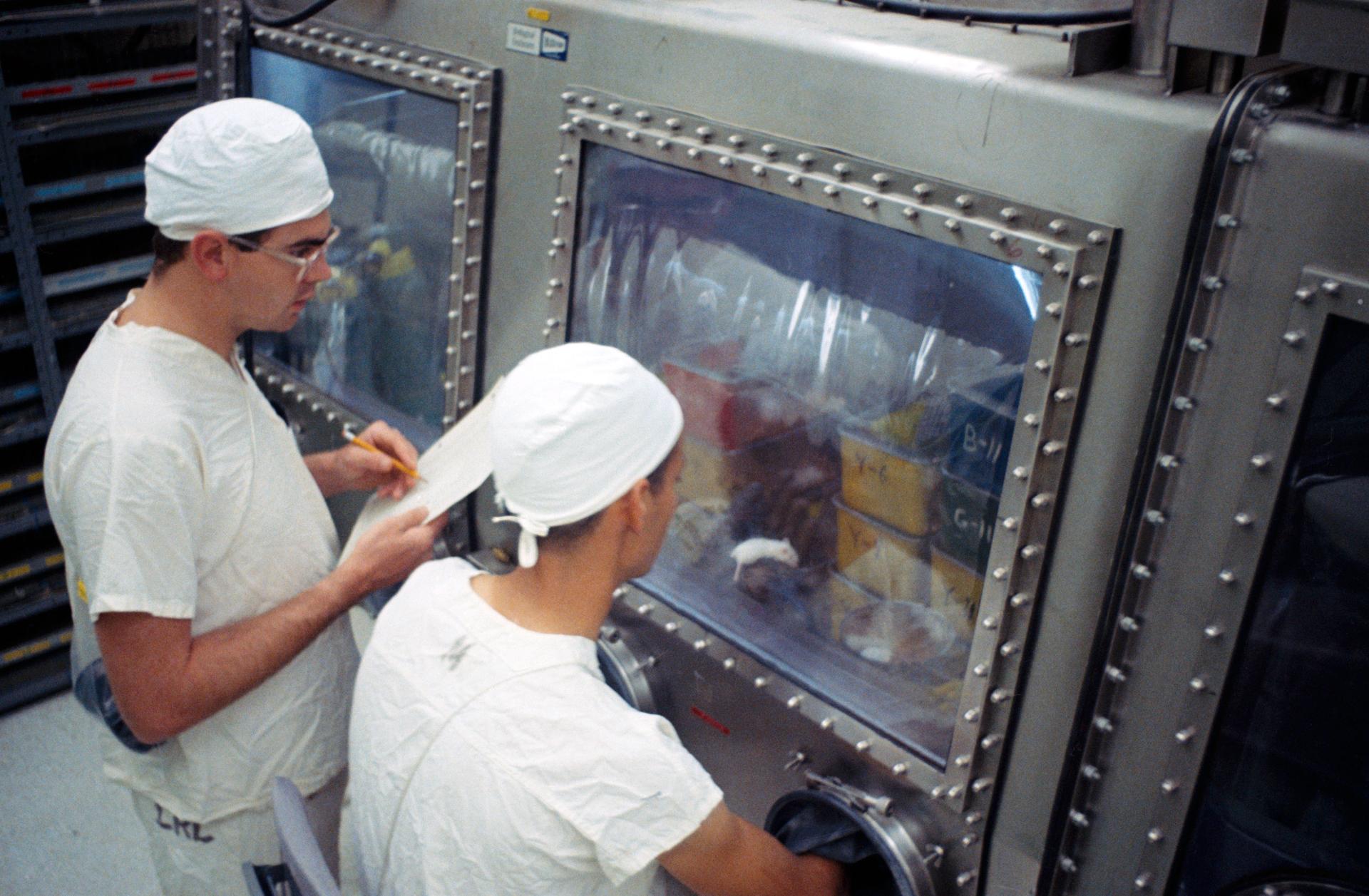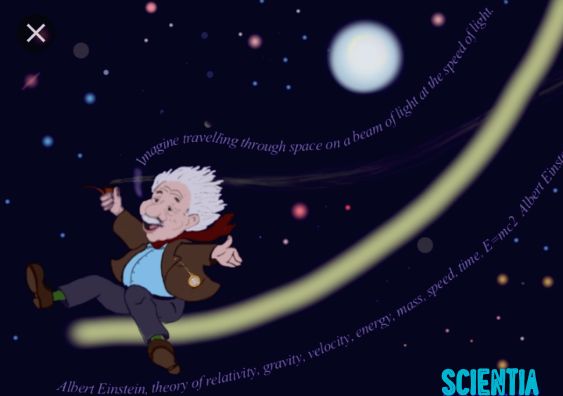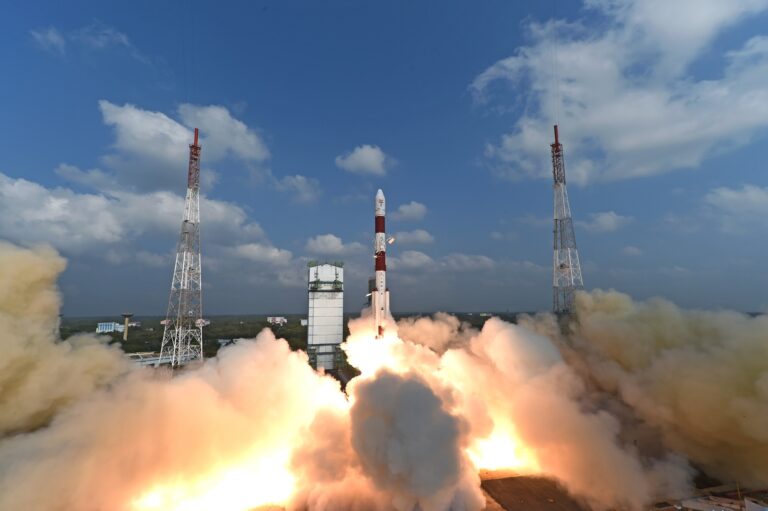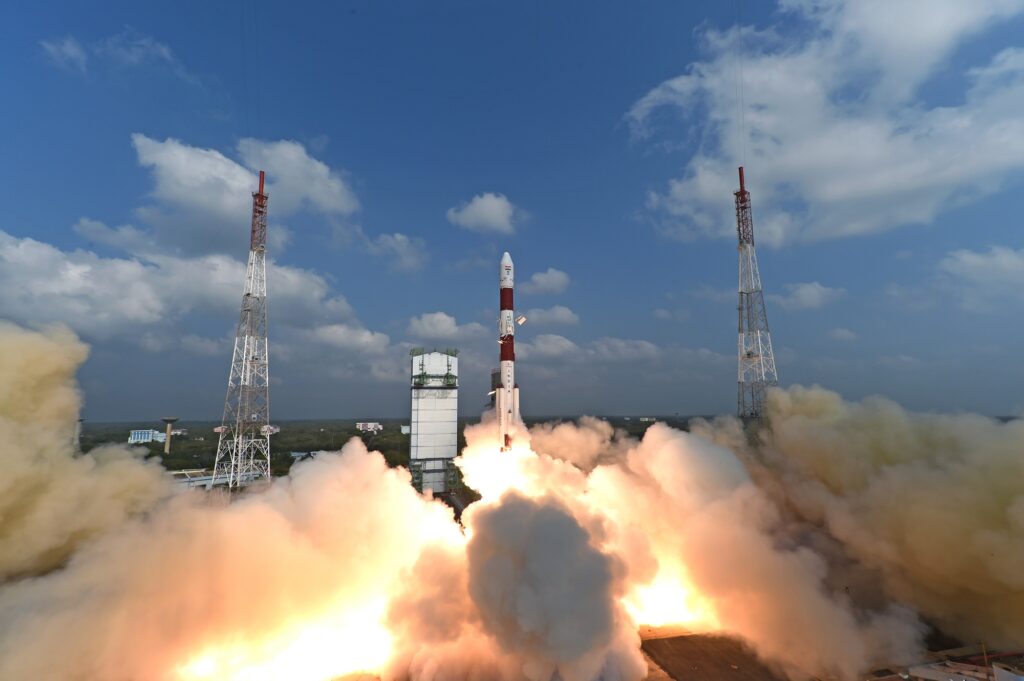The day 20th July 1969 was a remarkable date when Neil Armstrong and Buzz Aldrin got the privilege and became the first astronauts who stepped onto the moon. The spaceship named as Apollo-11 lunar lander took them into space and paved the new ways for exploration of the wonderful and fascinating world of space. The spaceship was a masterpiece developed through the power of human wisdom. Approximately the team of 400,000 people comprising of scientists, engineers, intellectuals, were involved in the mission known as ‘’Apollo Program’’, which was started by NASA in 1961. Ultimately, it was the Apollo 11 mission that got success.
NASA had given the name Eagle to specially designed spacecraft that sent through Saturn 5 rocket in the quest to explore nature.
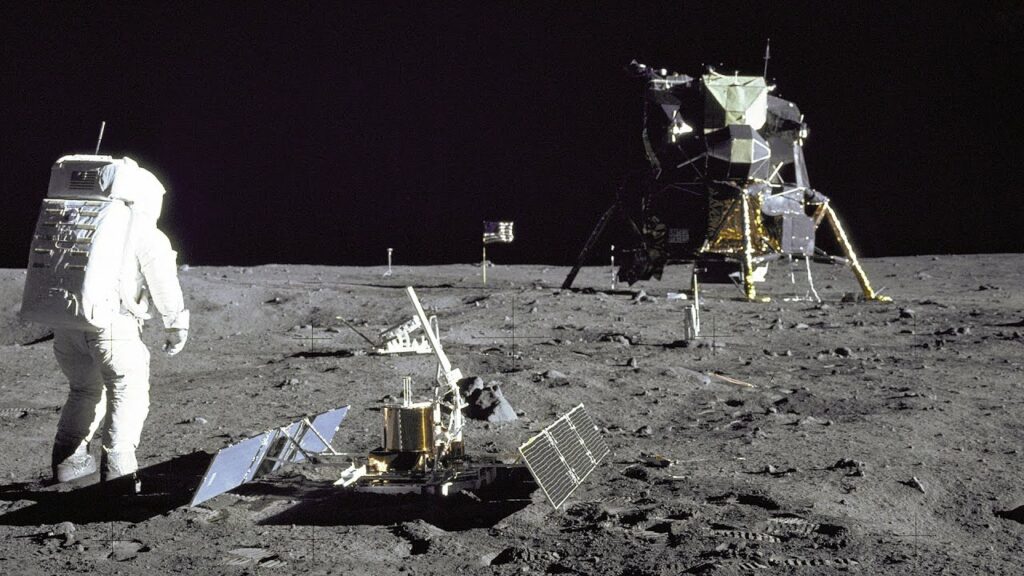
History about everything starts by discussing its pioneers, Orville and Wilbur, American aviation pioneers, gave a new dimension by implementing the idea of flying after observing birds in 1903. Later, curious, imaginative and thinking nature of human beings shaped the technological pathway to fly not only on earth but also to other planets. During the Apollo mission, the personal luggage of Neil Armstrong includes some pieces of wood and fabric from the flying machine created by Wright brothers.
Apart from NASA’s efforts and application of emerging technologies, the huge financial budget spent on the dream of landing on the moon. On the other hand, the expensive mission was also criticized by some of the social activists; their opinion was to spend that amount for the welfare of society instead of spending on such unpredictable experiments. They also believed that even in case of success, that achievement would not have useful future implications for humanity. Due to this social pressure, president Richard Nixon had written a speech in advance in case of having an unexpected failure.
No doubt, the mission was of great importance and gained a lot of popularity not only in media and public of the United States but around the globe. The event was broadcasted live on TV and watched by almost 650 million people according to an estimate.
Spacecraft carrying Neil Armstrong, Buzz Aldrin, and Michael Collins flew from Kennedy Space Center, Florida on 16th July 1969. When they reached to their desired destiny, only one module of spacecraft having Neil Armstrong and Buzz Aldrin landed on the moon while another module revolved around it where Michael Collins served as a pilot. In this way, Michael Collins performed his assigned duty with full dedication and professionalism without experiencing himself the happiness of walking on the moon.

All the astronauts lived in quarantine for 21 days after safe come back. The reason behind this action was the expected chance that astronauts might have carried some disease or micro-organism from the moon.
The spacecraft was programmed for safe landing of astronauts on the moon. Upon reaching the point, they realized that it’s not a suitable place to land has a lot of rocks. Therefore, both astronauts analyzed the area in order to find a suitable place for landing and managed to land safely on the location of their choice. During the search of the appropriate location, more fuel had been consumed and they landed just before 25 seconds of fuel remaining.
Many belongings of human beings like pictures and sound recordings were left on the moon to symbolize their adventurous journey. Total time expenditure of astronauts on the neighboring planet was twenty-one hours and thirty-six minutes.
Astronauts gathered some samples of rocks and soil from the moon’s surface during their extravehicular activity (EVA). EVA is total time spend by astronauts outside the earth’s atmosphere to perform some activity in space. They collected a total of about 22 kilograms material that comprised of about 50 rocks. They found two major types of rocks, basalts, and breccias, from their area of landing but later analysis of these samples showed that there was no occurrence of water and micro-organisms ever on the moon.
Rocks that were carried by astronauts to earth were 3.7 billion years old according to the information obtained from their analysis.

Astronauts embedded America’s flag on the moon’s surface and that was a difficult task due to its hard-rocky surface. Before leaving from the earth, it was a point of discussion that whether it is suitable to place a flag of a single country or not. Finally, it was decided that the American flag would be embedded with a board having written the words “came in peace for all mankind.”
According to their observations, the moon had a unique smell like wet ashes in a fireplace or a pungent metallic smell. The computer system used in the spacecraft was less advanced in technology as compared to our commonly used items like smartphones nowadays. Drinking water remained bubbly throughout the journey in space due to some issue of hydrogen gas filters in spacecraft. Aldrin disclosed the fact that ‘’communion wafer’’ was the first food item enjoyed by astronauts after leaving earth. It is a bread having ingredients like flour, yeast, salt. etc.
Armstrong words had not been heard properly on earth. His phrase reached as “That’s one small step for man, one giant leap for mankind”. According to him, he said that “That’s one small step for a man, one giant leap for mankind”. It was just the confusion of sound ‘a’.
Aldrin and Armstrong were optimistic for successful landing but still, they signed many papers to secure the future of their families in case of facing any unexpected accident. Luckily, they returned safely.
Astronauts placed a mirror after stepping on the moon to perform a lunar laser ranging experiment. Purpose of this experiment was to calculate the distance of the moon from the earth by throwing a beam of laser and recorded time of its return to earth. An important circuit of spaceship had been damaged by Aldrin mistakenly. That was the time when only they can help themselves to get rid of this problem. Armstrong quickly set a pin in the hole of that broken circuit and succeeded in resolving it.
Stepping on our neighboring planet moon was the first step in the exploration of the space world. President J.F. Kennedy stated about the Apollo 11 mission:
“No single project in this period will be more impressive to mankind, or more important in the long-range exploration of space, and none [other] will be so difficult to accomplish.”
